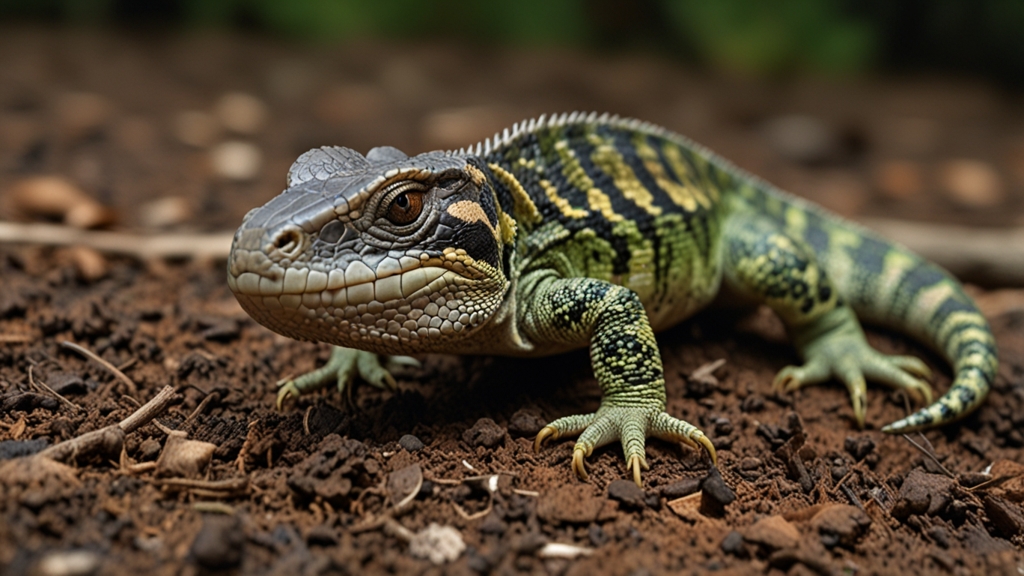Lost but Not Forgotten: Rediscovering Species We Thought Were Gone
The journey of understanding our natural world is full of surprises. Sometimes, species thought to be extinct resurface, challenging our assumptions and reigniting hope. These rediscoveries, often termed "Lazarus species," show the resilience of nature and the crucial role of conservation efforts.
The Phenomenon of Rediscovery
Rediscovering species previously believed extinct is nothing short of miraculous. These moments highlight the limits of human observation in the vast tapestry of ecosystems. Researchers and conservationists often stumble upon such species in the most unexpected places, revealing that nature can still hold many secrets.
Famous Rediscoveries
Several notable species once thought extinct have made surprising comebacks. The Lord Howe Island Stick Insect, for instance, was presumed extinct until it was rediscovered in 2001 on Ball's Pyramid, a rocky outcrop in the South Pacific. Similarly, the Coelacanth, a prehistoric fish believed to have been extinct for 66 million years, was found alive in 1938 off the coast of South Africa.
The rediscovery of the Coelacanth was like finding a living dinosaur, reshaping our understanding of deep-sea life and evolutionary history.
These rediscoveries have far-reaching implications, often leading to renewed efforts in habitat preservation and deeper scientific inquiries into the survival strategies of these species.
The Role of Technology in Rediscovery
Modern technology has significantly aided in the rediscovery of lost species. Advanced tools like DNA analysis, satellite imaging, and remote cameras have expanded our capabilities to monitor and explore remote regions. Citizen science projects, where the general public participates in data collection, have also contributed immensely.
In 2019, a team using a drone equipped with infrared technology rediscovered the Fernandina Giant Tortoise in the Galápagos Islands, a species last seen in 1906.
This new era of technology-driven exploration fosters hope that more "extinct" species might still be out there, waiting to be rediscovered.
Challenges and Implications
Rediscovering a species brings joy, but it also highlights ongoing challenges. Many of these species are found in tiny, fragmented populations, making them incredibly vulnerable to extinction. Immediate conservation measures are often required to ensure their survival.
Additionally, these rediscoveries emphasize the importance of protecting entire ecosystems. A single rediscovered species often represents a fragile ecosystem teetering on the brink of collapse due to factors such as habitat destruction, climate change, and invasive species.
The Human Element
Behind every rediscovery is a story of human dedication and passion. Conservationists, scientists, and local communities play crucial roles. Their efforts to explore, document, and protect biodiversity are the backbone of these success stories.
"Every rediscovery is a beacon of hope. It reminds us that with concerted effort and respect for nature, we can protect and perhaps bring back many of the world’s wonders." - Dr. Jane Goodall
The emotional and inspirational impact of rediscovering lost species cannot be understated. It galvanizes the global conservation community, reminding us that our efforts can make a real difference.
Conclusion
Rediscovering species we thought were lost underscores the resilience of nature and the importance of persistence in conservation efforts. These Lazarus species serve as powerful symbols of hope and a testament to the enduring mysteries of our planet. As we continue to explore and innovate in our quest to understand the natural world, we hold onto the belief that many more rediscoveries await us, hidden in the shadows, 'lost but not forgotten.'















